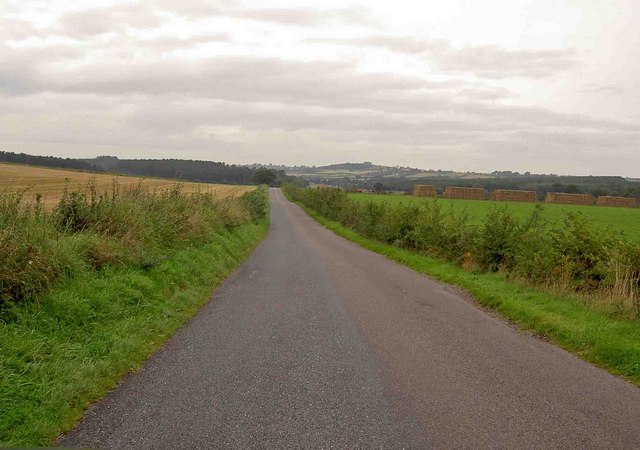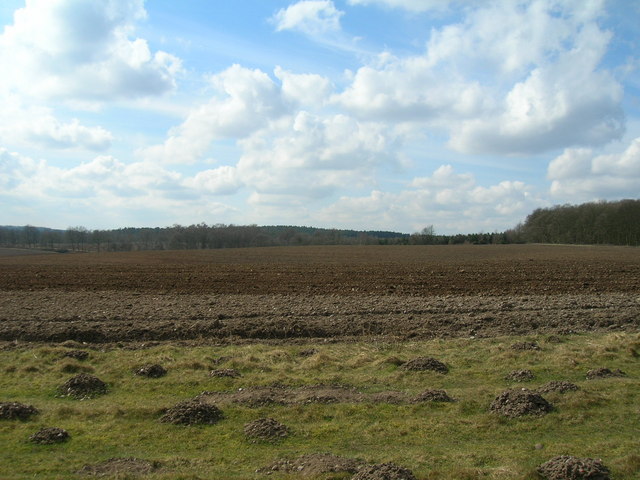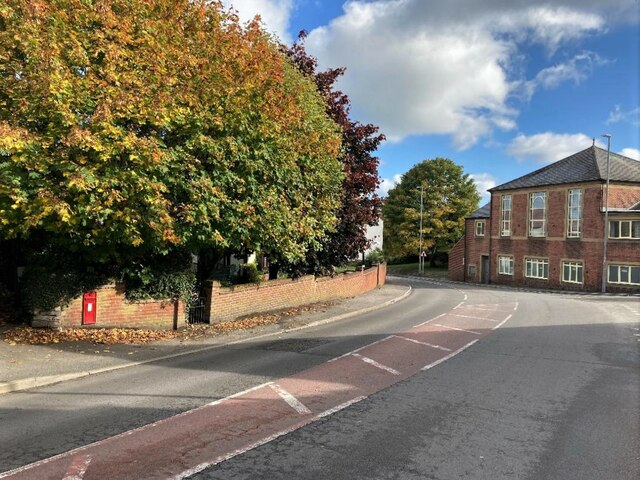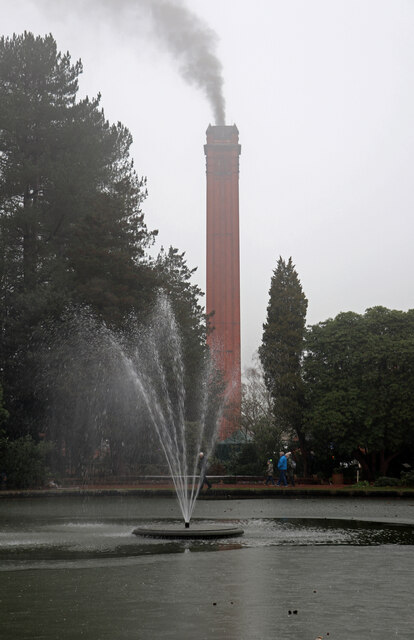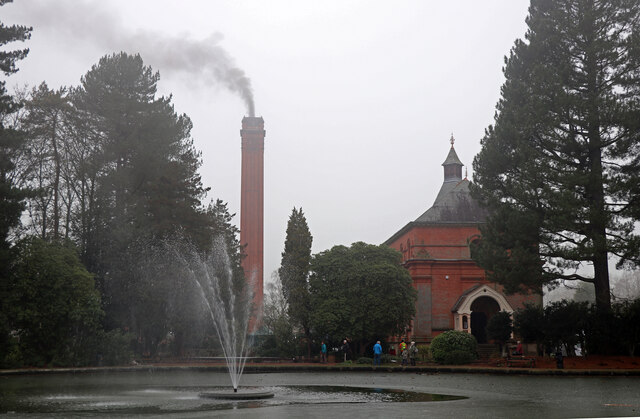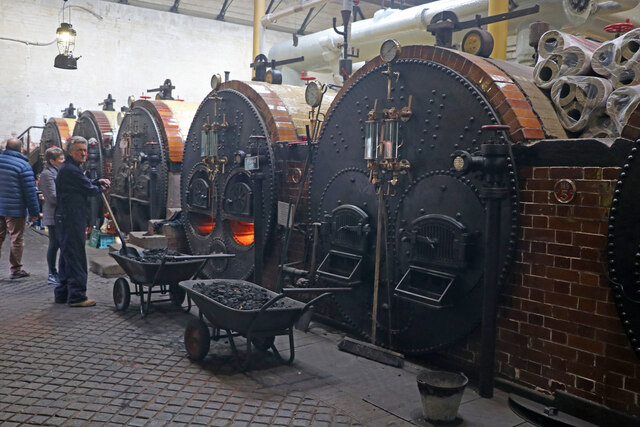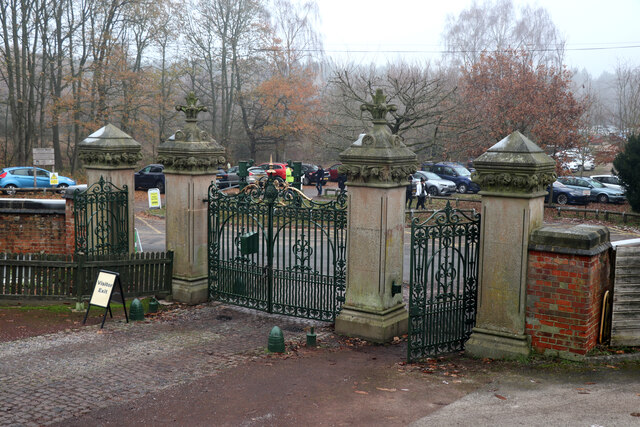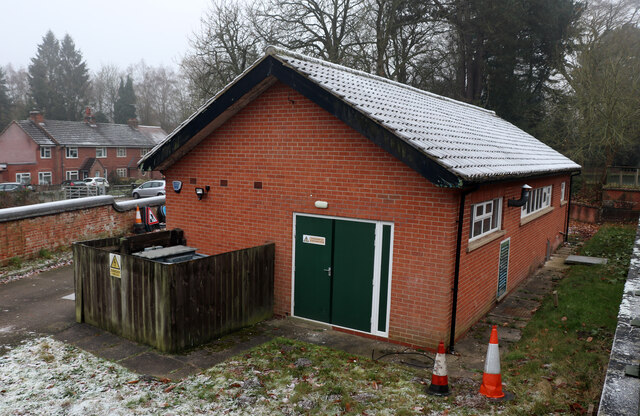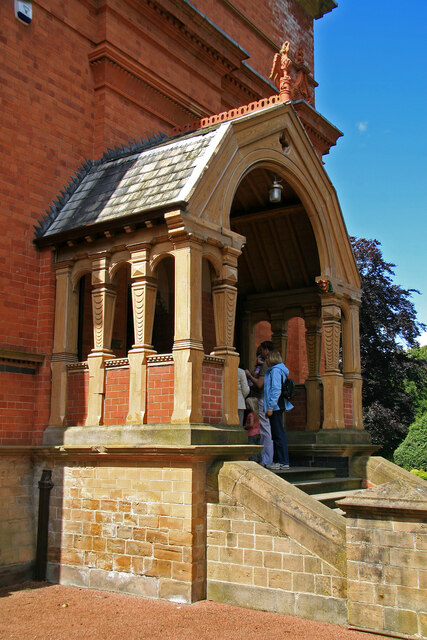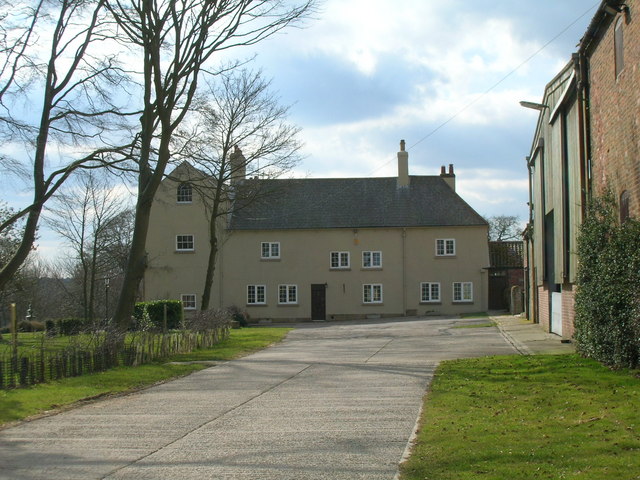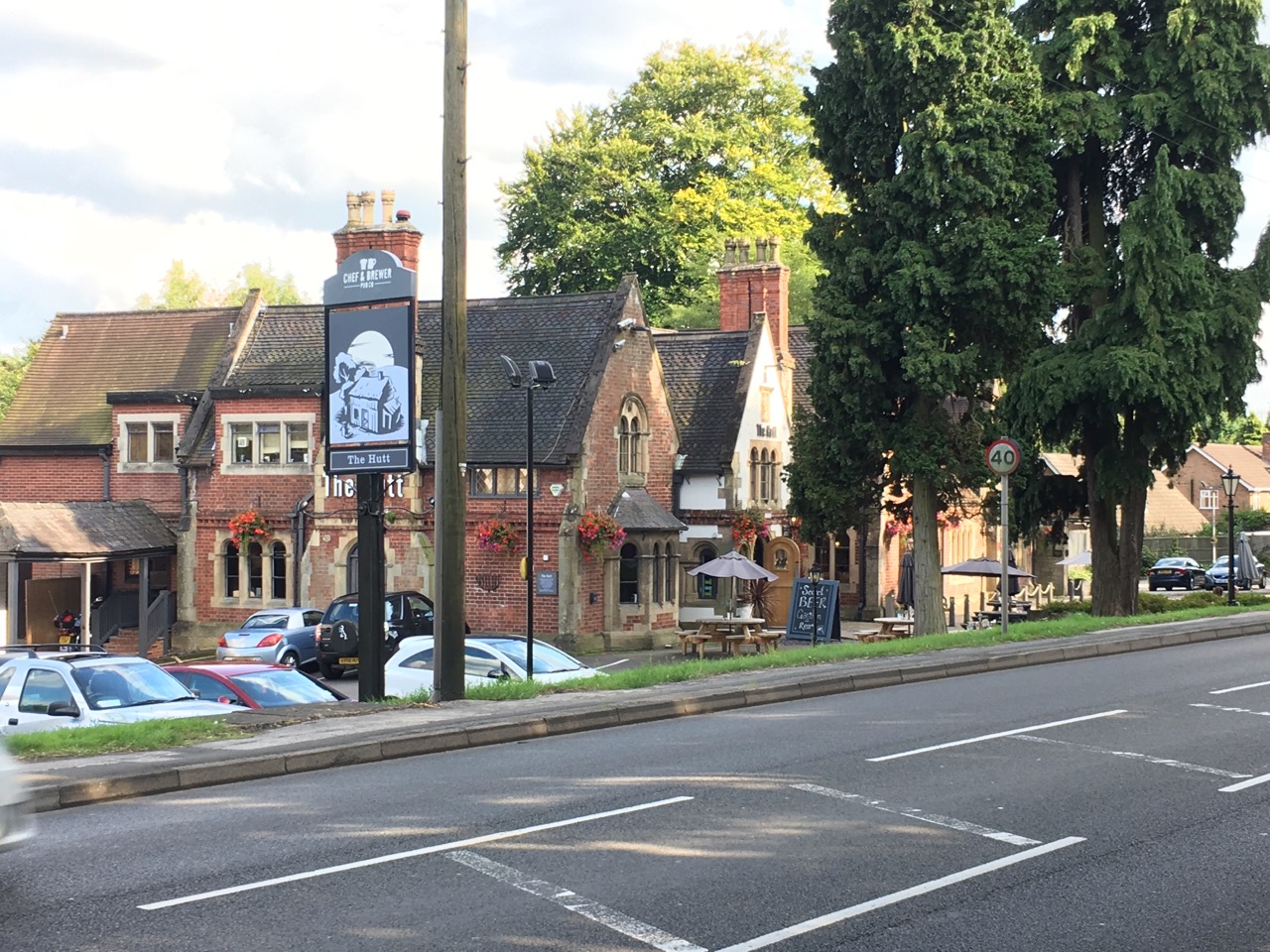Appleton Dale
Wood, Forest in Nottinghamshire Gedling
England
Appleton Dale
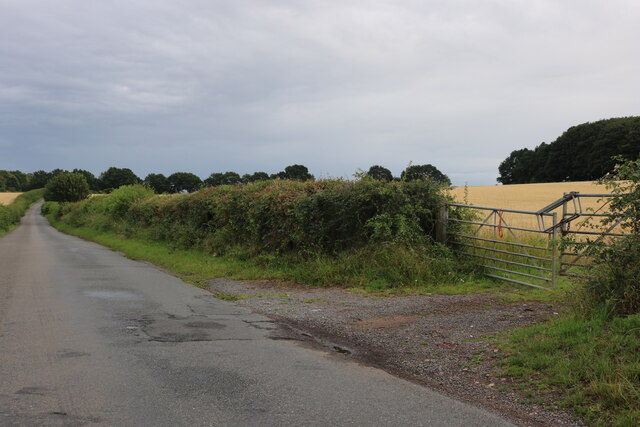
Appleton Dale is a small village located in Nottinghamshire, England. Nestled within a picturesque wooded area, the village is known for its stunning natural beauty and tranquil surroundings. It is a part of the Sherwood Forest district, which is famous for its connection to the legendary outlaw, Robin Hood.
The village is characterized by its abundance of woodlands, making it a popular destination for nature lovers and outdoor enthusiasts. The forested areas surrounding Appleton Dale provide ample opportunities for hiking, biking, and wildlife spotting. Visitors can expect to see a variety of flora and fauna, including ancient oak trees, vibrant wildflowers, and a diverse range of bird species.
The village itself is small and charming, with a tight-knit community that takes pride in preserving its traditional English heritage. The houses in Appleton Dale are predominantly built with local materials, giving them a rustic and quaint appearance. There is a sense of tranquility and peace that permeates the village, making it an ideal retreat from the hustle and bustle of city life.
Despite its rural setting, Appleton Dale is conveniently located near the town of Mansfield, which offers a range of amenities such as shops, restaurants, and schools. The village also benefits from good transportation links, with regular bus services connecting it to nearby towns and cities.
In conclusion, Appleton Dale is a hidden gem in Nottinghamshire, offering visitors a chance to immerse themselves in the beauty of nature while enjoying the warmth and charm of a close-knit community.
If you have any feedback on the listing, please let us know in the comments section below.
Appleton Dale Images
Images are sourced within 2km of 53.078281/-1.1312799 or Grid Reference SK5853. Thanks to Geograph Open Source API. All images are credited.
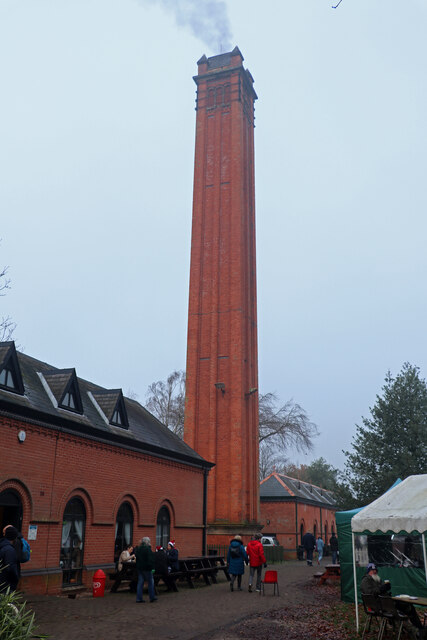
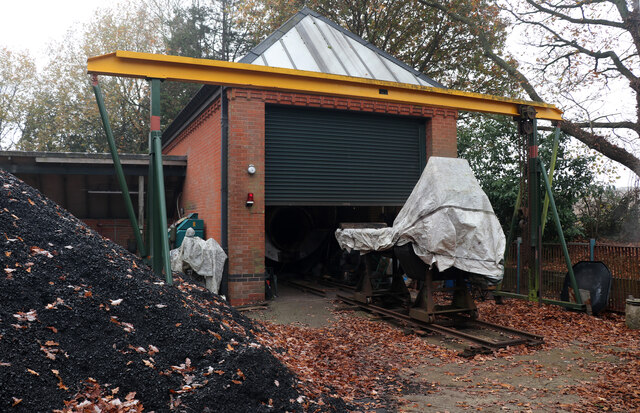
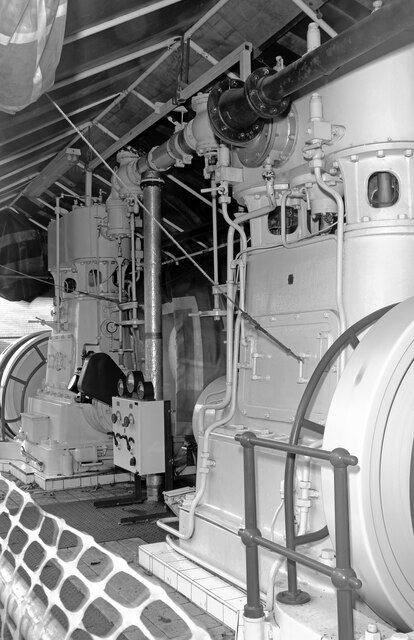
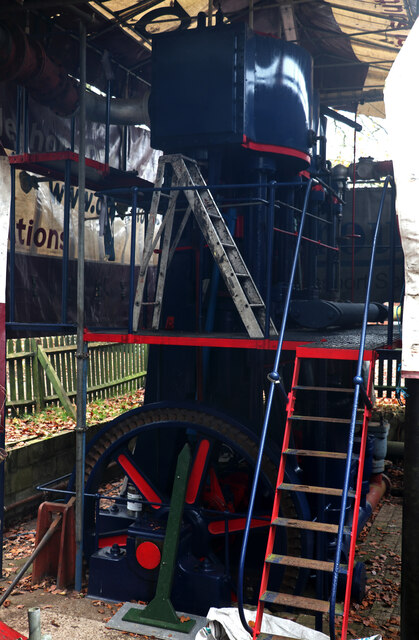
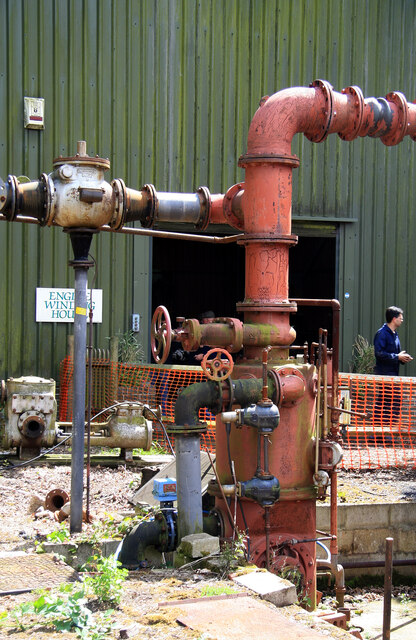
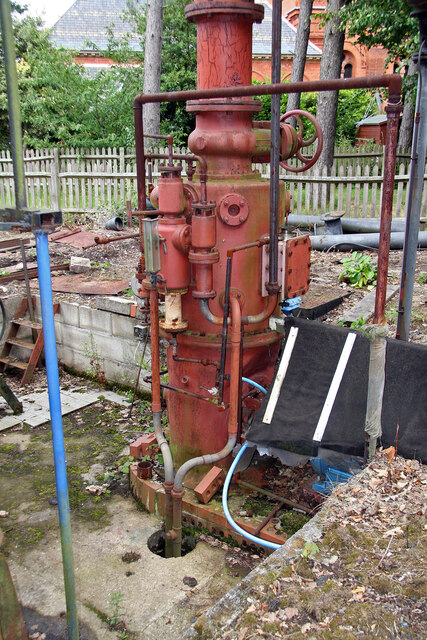
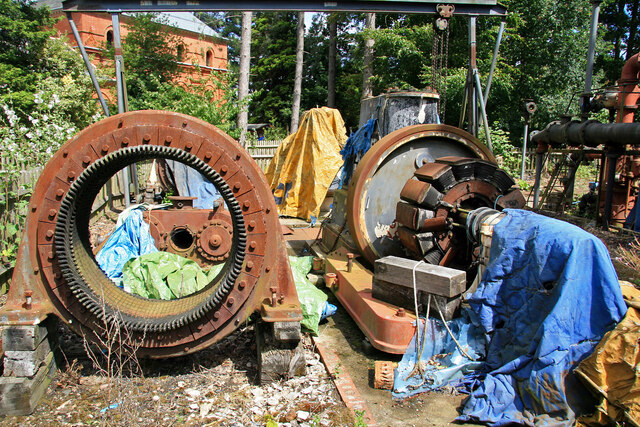
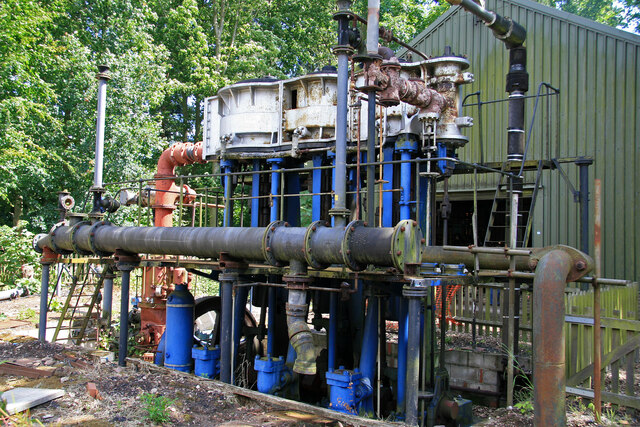
Appleton Dale is located at Grid Ref: SK5853 (Lat: 53.078281, Lng: -1.1312799)
Administrative County: Nottinghamshire
District: Gedling
Police Authority: Nottinghamshire
What 3 Words
///giant.decompose.suddenly. Near Ravenshead, Nottinghamshire
Nearby Locations
Related Wikis
Sherwood (UK Parliament constituency)
Sherwood is a constituency represented in the House of Commons of the UK Parliament since 2010 by Mark Spencer, a Conservative. The constituency takes...
Blidworth Bottoms
Blidworth Bottoms is a hamlet in Nottinghamshire, England. It is located between Blidworth and Ravenshead. Population details are included in the civil...
Papplewick Pumping Station
Papplewick Pumping Station, situated in open agricultural land approximately 3 miles (4.8 km) by road from the Nottinghamshire village of Papplewick, was...
Church of St Mary of the Purification, Blidworth
The Church of St Mary of the Purification is a parish church in the Church of England in Blidworth, Nottinghamshire, dating from the 15th century. It is...
Blidworth
Blidworth is a village and civil parish approximately five miles east of Mansfield, Nottinghamshire, England. The population of the civil parish at the...
Haywood Oaks
Haywood Oaks is a hamlet and former civil parish, 10 miles (16 km) from Nottingham, now in the parish of Blidworth, in the Newark and Sherwood district...
The Hutt
The Hutt is a public house located in the village of Ravenshead in Nottinghamshire, opposite Newstead Abbey. The pub was built on the site of The Royal...
Ravenshead
Ravenshead is a large village and civil parish in the Gedling district of Nottinghamshire, England. It borders Papplewick, Newstead Abbey and Blidworth...
Nearby Amenities
Located within 500m of 53.078281,-1.1312799Have you been to Appleton Dale?
Leave your review of Appleton Dale below (or comments, questions and feedback).
